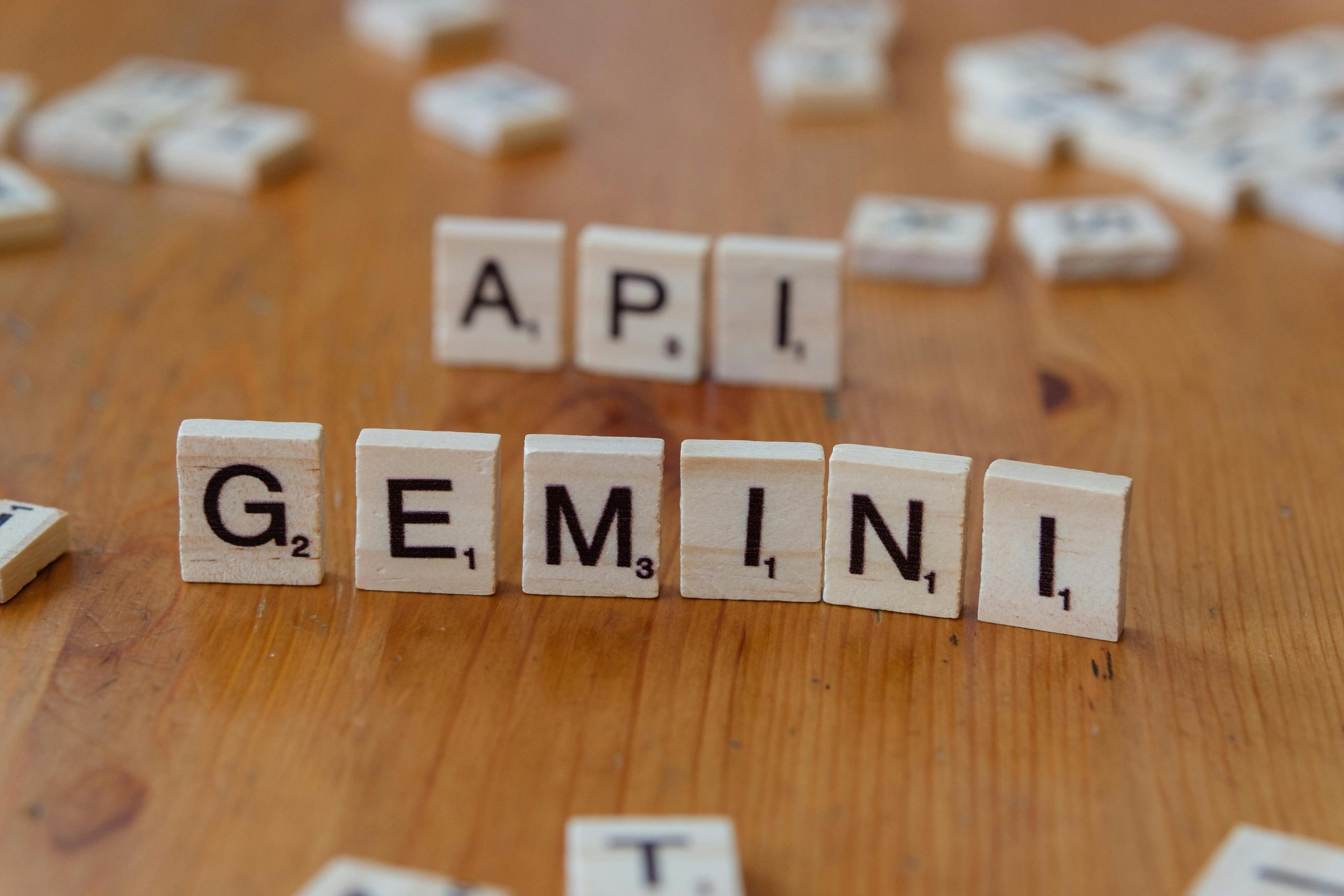Using the “logit_bias” Parameter to Combat Em Dashes: How I Had to Suppress 106 Tokens and What I Learned – Code Included for Your Own “Dash-Free” Testing
Mastering Em Dashes in ChatGPT: How to Suppress Unwanted Symbols Using logit_bias
If you’ve ever worked extensively with language models like ChatGPT, you might have noticed their persistent tendency to insert em dashes (—) in responses—sometimes to the point where they become problematic. Whether for stylistic reasons or clarity, some users prefer to minimize or eliminate these punctuation marks altogether. I recently faced this challenge head-on and discovered a technique that might help you too.
The Challenge with Em Dashes in AI Responses
Despite attempting various strategies—custom instructions, memory management, and prompt engineering—ChatGPT stubbornly clung to its em dash habits. It seemed an impossible task to stop these symbols from appearing. Frustrated, I recalled the API parameter called logit_bias. This parameter allows fine-tuned control over specific tokens by assigning a bias value between -100 and 100; negative values discourage the model from selecting certain tokens.
My Approach: Biasing Out the Em Dash and Similar Tokens
The core idea was to identify the token IDs associated with em dashes and related characters (like en dashes and hyphens) and assign them a bias of -100. However, it turned out that these symbols can be represented by multiple tokens, especially when combined with surrounding characters, making the process more complex than simply targeting a single token.
Initially, the model continued to produce variations such as en dashes (–) or hyphens (-) in different contexts. To effectively suppress all forms of dash-like tokens, I iteratively increased the biasing until a total of 106 tokens were marked with -100. This “blast radius” effectively eliminated its dash tendencies.
The Process and Results
Here’s a brief overview of how I progressed:
- Start small: Biasing only tokens that are just the em dash.
- Expand coverage: Include tokens with the dash touching other characters or within words—up to 40 tokens.
- Address en dashes: Broaden biasing to include en dashes.
- Suppress hyphens: Broaden further—over 100 tokens, including hyphens used as em dashes or in other substitute roles.
When I applied this extensive biasing, responses shifted significantly. The AI’s language flow became more aligned with my preferences, avoiding unwanted dash insertions. This approach didn’t noticeably hurt response quality or coherence, especially with more sophisticated models.














Post Comment